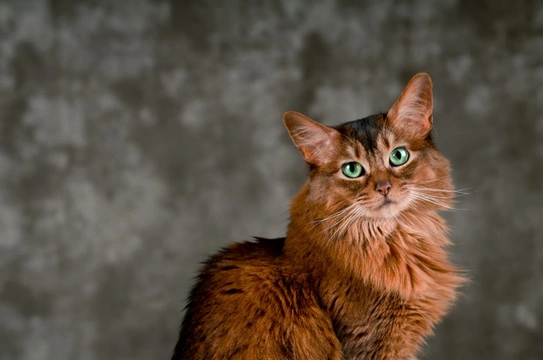
Immune-mediated Thrombocytopenia in Cats
Immune-mediated thrombocytopenia or IMT, is a health disorder that sees a cat's own immune system attacking and destroying its own blood platelets. When this happens, a cat's blood cannot clot as it should which can then lead to severe internal and/or external bleeding. The condition can lead to cats developing a serious condition known as anaemia and it can prove extremely challenging for vets should a cat need to have any sort of surgery to correct any other health issue they may be suffering from. Immune-mediated thrombocytopenia can either be a primary health disorder or the condition can flare up as a secondary health issue because a cat has developed another problem which can include things like cancer as well as bacterial and viral infections.
An Autoimmune Disorder
Immune-mediated thrombocytopenia (IMT) is an autoimmune disorder which describes how the body's own immune system attacks itself thus causing all the damage to cells. A cat’s platelets are totally or partially destroyed by their own immune system. These platelets are needed to repair damaged blood vessels and to make sure blood clots as it should. In short, a cat's body needs the correct number of platelets in their bloodstream to survive.
The Causes
As previously mentioned, immune-mediated thrombocytopenia in cats can either be a primary disorder or it can be a secondary condition they develop because they suffering from other health issues, illness or injury. When it comes to identifying the underlying cause, it can often prove extremely challenging and in many instances the reason a cat develops the condition remains a complete mystery.
The condition can affect both male and female cats which in short means it is not gender related. When it flares up because of a secondary condition, the causes can be due to infections such as the following:
- Feline leukemia (FeLV)
- Feline immunodeficiency virus (FIV)
- Certain types of cancer including lymphoma
- Exposure to certain drugs and medication which includes specific antibiotics
Signs to Watch Out For
Signs of there being something wrong with a cat depend largely on the underlying causes of why they are suffering from IMT and the severity of their condition. However, the most common symptoms to watch out for could include the following:
- Lethargy
- Weakness
- Lack of appetite
- Vomiting - very often cats sick up blood
- Blood in faeces
- Blood in urine
- Bruised skin
- Nose bleeds
- Bleeding gums
- Difficulty breathing
- Coughing up blood
When cats develop the condition, they could have seizures if the bleeding occurs in the brain. They also tend to lose their sight if bleeding happens within their eyes. Severe haemorrhaging in a cat's abdomen cavity can often prove fatal especially if it happens suddenly. Other symptoms associated with immune-mediated thrombocytopenia include the following:
- Anaemia
- Collapse
- Excessive bleeding even with minor cuts and injuries
Diagnosing the Problem
For the moment, vets are unable to diagnose the condition, but they would typically recommend carrying out blood tests to rule out other reasons why a cat might be displaying specific symptoms associated with the condition and to rule out other health issues that negatively impact a cat’s blood platelets.
Treating the Condition
The first thing a vet would want to do is suppress a cat's own immune system to prevent it from doing any further damage to their system. This would help stabilise a cat's condition until further tests can be carried out which would rule out any other underlying causes. If a cat is dehydrated, the vet would recommend putting them on intravenous fluids to replenish their levels which means the cat would need to be hospitalised. The vet would need to carry out frequent blood tests to make sure a chosen treatment is working.
The bad news is that even when cats respond well to treatment, they may well develop the condition again further down the line. As such, a vet would recommend they be checked over at regular intervals to make certain any relapses are caught earlier rather than later. If left untreated, immune-mediated thrombocytopenia in cats often proves fatal. If the cat responds well to a treatment, once they are allowed home supportive care is essential which would help speed up their recovery time.



